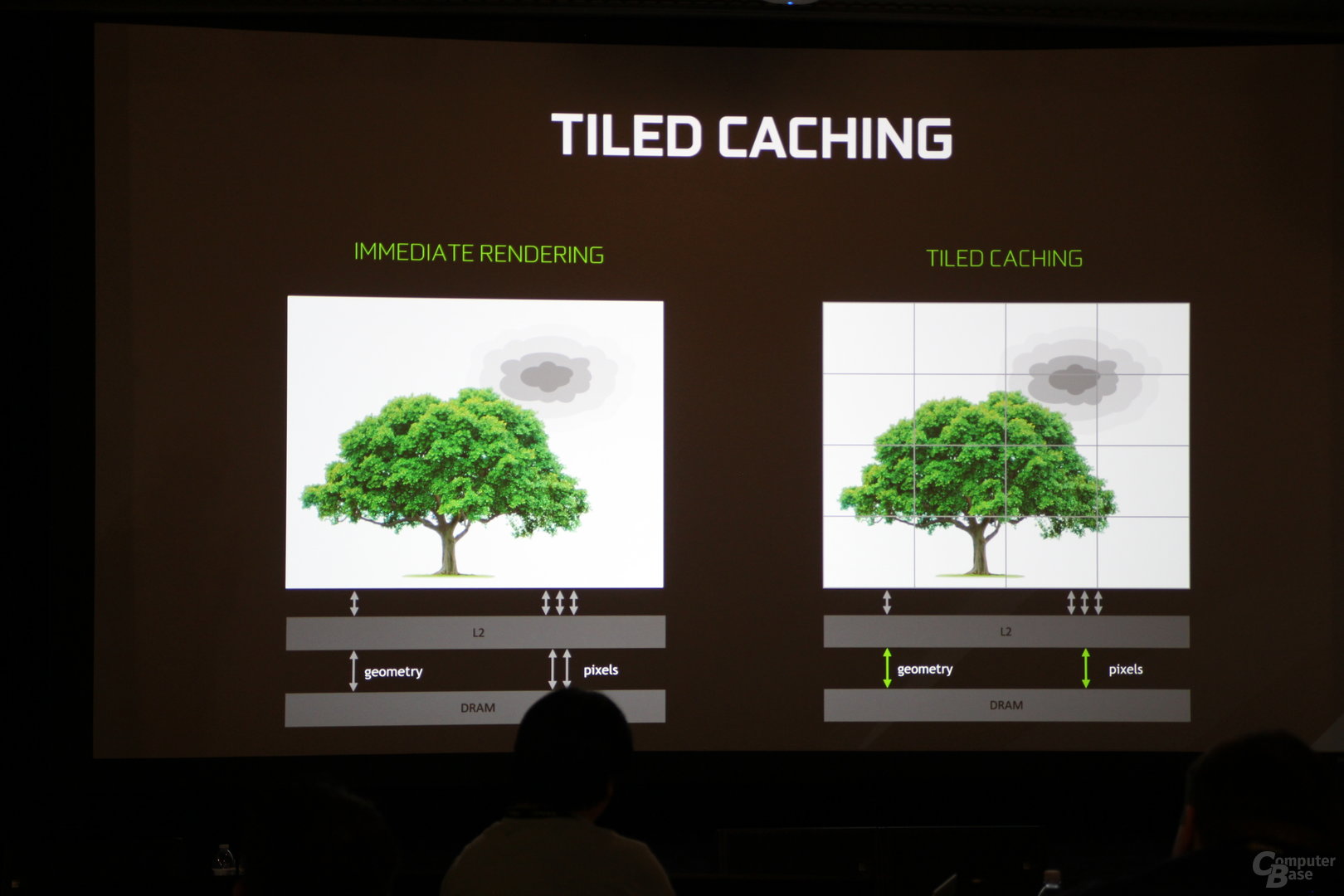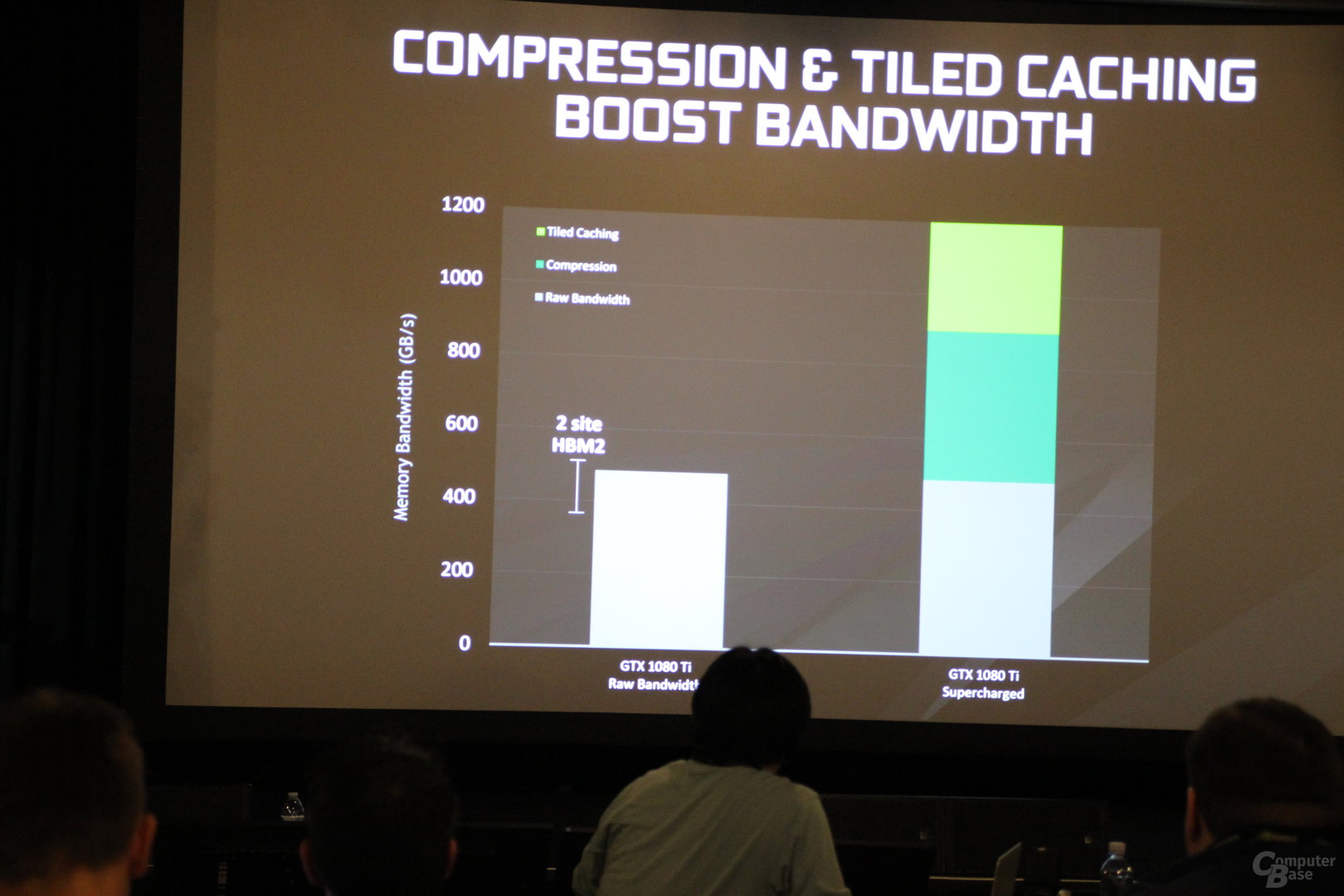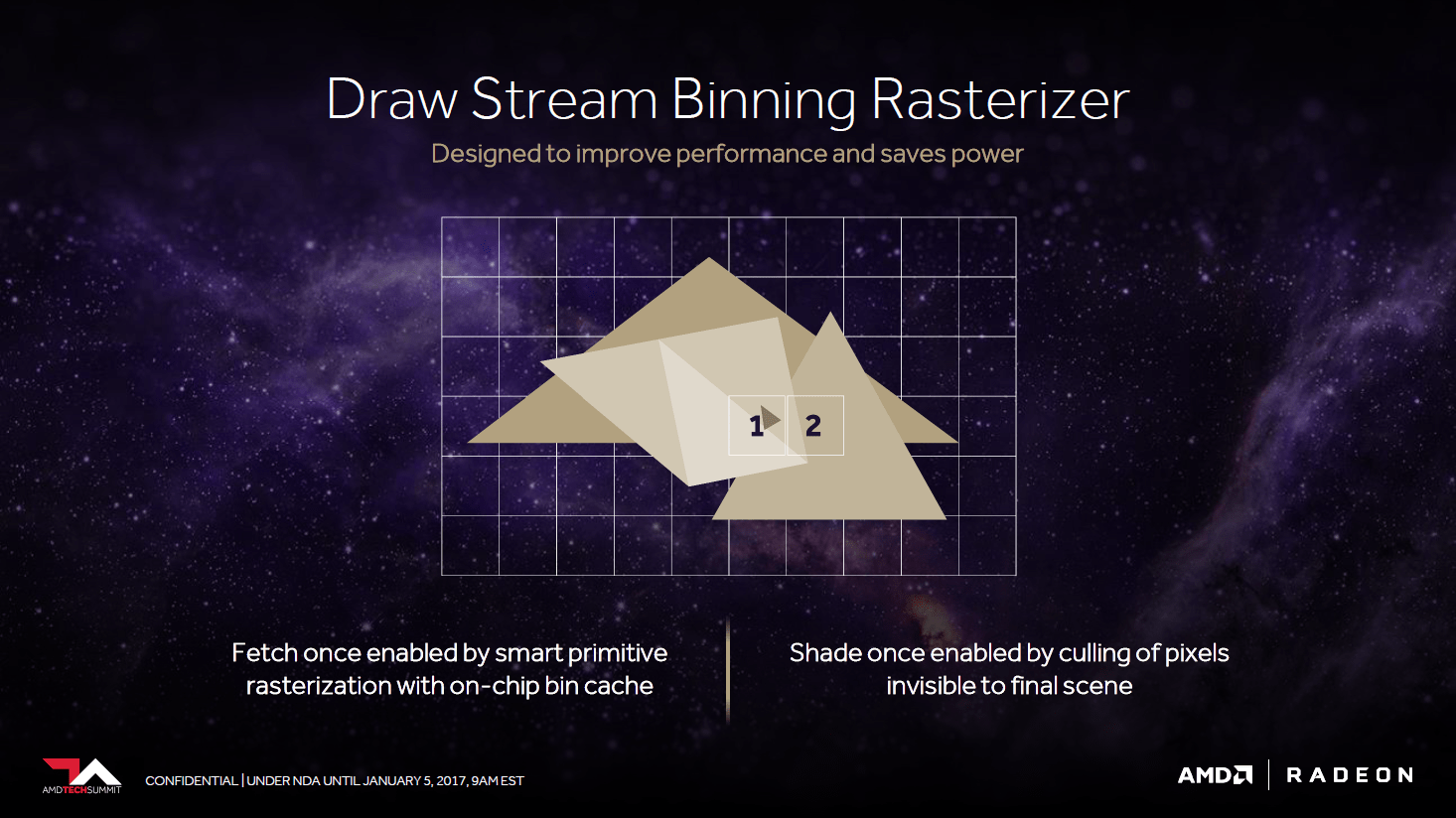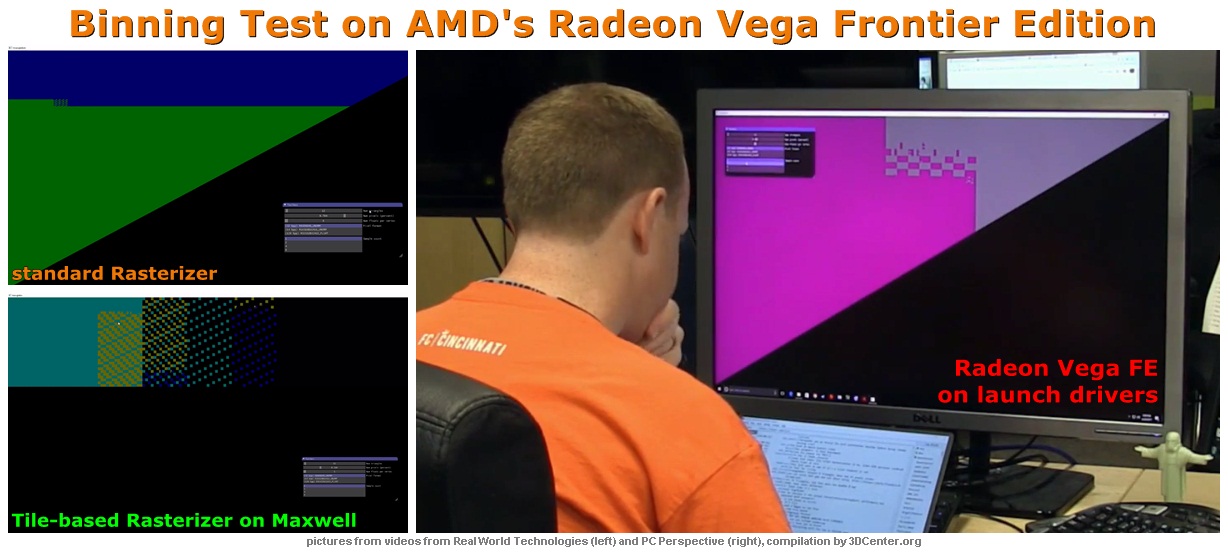Phoronix: The First Radeon Vega Frontier Linux Benchmark Doesn't Tell Much
We have some OpenGL numbers for Radeon Vega Frontier Edition on AMDGPU-PRO under Linux...
We have some OpenGL numbers for Radeon Vega Frontier Edition on AMDGPU-PRO under Linux...





Comment